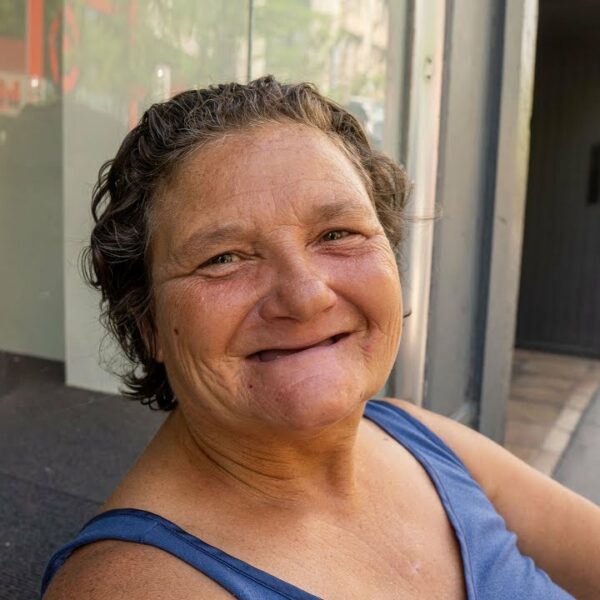The U.S. Department of Housing and Urban Development (HUD) is investing more than $2.6 billion in supportive housing services across the country.
The funds will go to more than 7,000 Continuums of Care (COC) across the country for the explicit purpose of helping individuals and families experiencing homelessness access services. COCs are state-level organizations that partner with HUD to facilitate homelessness resolution programs.
Each grant will support projects that seek to:
- End homelessness for all persons experiencing homelessness;
- Use a Housing First approach;
- Reduce unsheltered homelessness and reduce the criminalization of homelessness;
- Improve system performance;
- Partner with housing and health agencies to leverage and coordinate American Rescue Plan resources;
- Advance racial equity and addressing racial disparities in homelessness; and
- Engage people with lived experience of homelessness in decision-making.
“Access to stable housing is a basic necessity – the safety of a home is essential, especially as we continue to fight the COVID-19 virus,” HUD Secretary Marcia Fudge said. “These [COC] program grants, coupled with the historic resources in the American Rescue Plan, will deliver communities the resources needed to ensure that every person in a respective community has the equitable opportunity to a safe and stable home.”
Most of the grants were allocated to states with the highest total homeless populations. These include California, New York, Florida, and Texas. These states received approximately half of the $2.6 billion total investment.
Invisible People asked housing administrators in each state how they will spend the money. All of them said there are no projects lined up at this time. However, they will be issuing Notices of Funding Availability (NOFA) to developers in the next few weeks.
The investment also comes at a critical time as people face increased housing instability driven by the soaring housing market.
For example, Realtor.com found that rents grew by an average of 10.1 percent in the 50 largest cities last year. This was the largest single-year growth rates measured since Realtor.com started tracking the data in the mid-1990s.
There were several cities in which rents grew at an even more horrifying speed. Miami saw its rents increase by 50 percent up to a median monthly rent of $2,850. That total ranked Miami just behind Los Angeles ($2,952) for the highest rent in the country and slightly ahead of New York City ($2,600).
Rising rents are just one reason why millions of people still report being likely to lose their homes within the next two months, according to data from the Census Bureau’s Household Pulse Survey.
Nearly 1.4 million people said they are “very likely” to lose their homes to eviction within the next two months. This total has remained unchanged for more than a year despite federal lawmakers expanding benefit programs such as the emergency rental assistance program, Child Tax Credit, and the Supplemental Nutrition Assistance Program.
And studies have shown that these programs were highly effective at keeping people housing during the economically challenging times wrought by the pandemic.
For example, a study by Columbia University’s School of Social Work found that the expanded Child Tax Credit helped keep millions of children out of poverty. When the program ended on January 1, it pushed more than 3.7 million children below the poverty line.
However, there seems to be a lack of initiative at the state level to address homelessness. States have also been holding onto more TANF funds that could be given to people in need, according to a report by ProPublica. In all, the report found states are holding onto more than $5 billion in aid.
Many administrators said they couldn’t disperse the funds because they received fewer applications for assistance. States have also redirected the funds toward other budgetary needs. For example, Colorado used more than half of its TANF funding to support its early childhood education initiatives.
Homelessness will persist if federal and state housing authorities don’t make targeted investments to address challenges faced by homeless people. While HUD’s funding is a step in the right direction, history shows that it takes more than a little money to end homelessness.
How You Can Help
The pandemic proved that we need to rethink housing in the U.S. It also showed that aid programs work when agencies and service organizations receive sufficient funds and clear guidance on spending aid dollars.
Contact your officials and representatives. Tell them you support keeping many of the pandemic-related aid programs in place for future use. They have proven effective at keeping people housed, which is the first step to ending homelessness.













